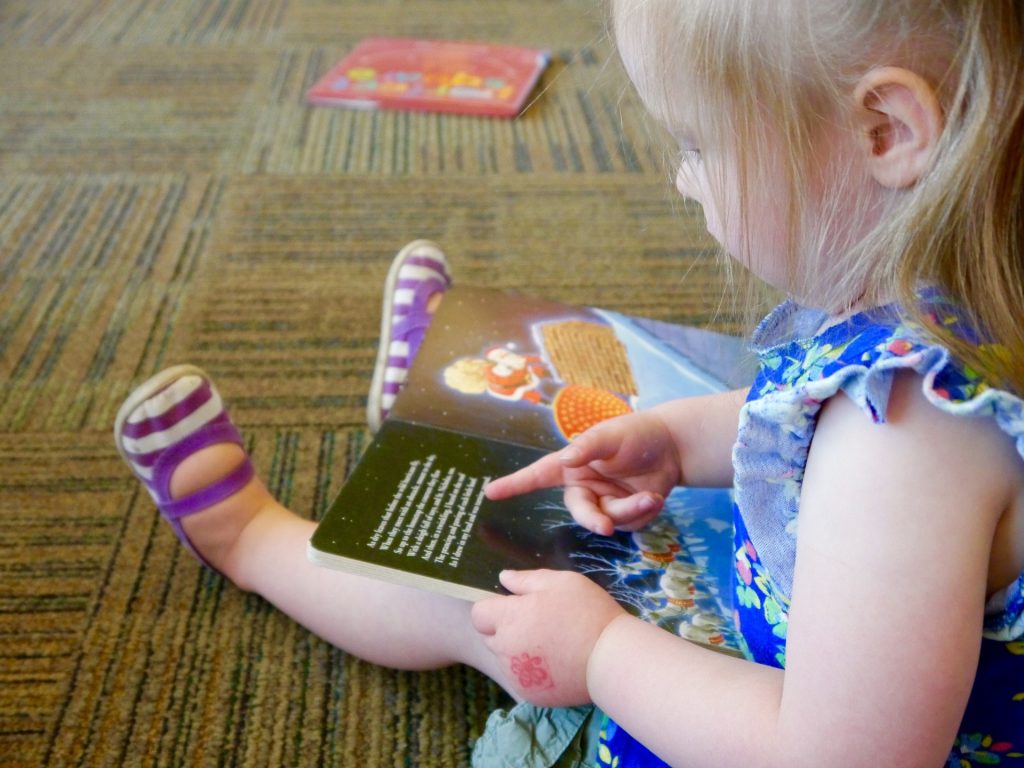 Schools know that reading aloud in front of peers is stressful for students, especially for kids who do not read well or who are just plain shy. The last thing the teachers want to do is give little kids panic attacks or make them hate reading. That’s why many school systems have changed how reading out loud works in elementary school – especially for early readers.
Schools know that reading aloud in front of peers is stressful for students, especially for kids who do not read well or who are just plain shy. The last thing the teachers want to do is give little kids panic attacks or make them hate reading. That’s why many school systems have changed how reading out loud works in elementary school – especially for early readers.
Reading Out Loud for Early Readers
How Reading Out Loud Works in Elementary School
By 1st grade, all the students are expected to read between 23 and 90 words per minute. That’s a pretty wide variation, and that variation is exactly why reading methods have changed. The reasoning is that if students are less aware of the difference in their reading levels, they will be less self-conscious and more likely to learn to like reading.
That’s why elementary schools have begun to
- Ban numbered books
- Stop reading aloud individually
No Books Numbered by Reading Level
Remember when classroom books had numbers on the side to indicate reading level? Not anymore.
The new effort to make students less self-conscious of their reading levels has led some schools to stop using entire libraries of numbered books (such as Basal Books) because of the numbering on the sides. Using books without the visual numbering system, they reasoned, keeps students from seeing the difference in their reading levels.
The minute a class sits down to read, however, everyone knows who is further ahead or behind simply by listening. And the same is true for reading groups. That leads to the second change.
No Taking Turns Reading out Loud
For guided reading, it used to be common to group children by reading level and have them read a book out loud together by taking turns. Meanwhile, the teacher listened and evaluated how each student was doing (and helped each one as needed).
This practice is also disappearing as teachers try a new tactic – having the entire group read aloud at the same time in a whisper so quiet that no one else can hear. Yes, the entire group will be reading out loud at the same time and at the student’s own pace, which means the students won’t all be in the same spot in the book.
This process still allows the teacher to monitor each student’s progress, but, ideally, only the teacher should be able to hear an individual student’s reading.
Here’s how it works:
- The teacher introduces the book and relates the topics in it to the students’ lives.
- The teacher reminds the students of the reading strategies that they’re working on as a group (strategies for understanding and pronouncing words they don’t know).
- The students all begin to read at a whisper.
- The teacher listens to each student individually and notes which strategies each student is using.
- The students keep reading in a whisper until the teacher has listened to every student (even if it means some students have to read the book out loud several times through).
- The teacher then praises students for the strategies that they used and addresses any difficult words (such as “what” which can’t be sounded out using the usual rules).
The goal of this method is to give each child experience and help with reading without putting him or her on the spot by reading out loud so that everyone can hear (safe reading environment or no). The hope is that the reduced pressure will help students to improve their reading skills and encourage them to enjoy reading.
Of course, eventually, students will have to read aloud in front of their class mates since later grades still require it. This way, however, they will have time to sharpen their reading skills before showing them off. So when they eventually do need to read out loud in class, they will be more fluent as well as less stressed.
What do you think? Are these new rules for reading out loud the best way to handle reading in elementary school?
Author: Elizabeth F., Writer and Teacher at A Grade Ahead

As a young student I was never asked to read aloud. I don’t remember ever doing it in school except for performance purposes (reading one’s own story to entertain the group, or reading a play or similar literature meant to be performed). I have no idea where anyone got the idea that it is an important part of reading education. I do not read aloud (or whisper) to myself; I read silently. I have met some people that seem to need to use their voice while reading, but I have never found it necessary. I never had a huge problem with reading, but I did finally learn the only major factor that did affect my reading: Whether or not I understood the words I was reading. This factor should be obvious, but has only become a part of reading education in a few of the better schools. I think it’s time teachers began to teach for understanding while reading, not elocution, speed or anything else like that.